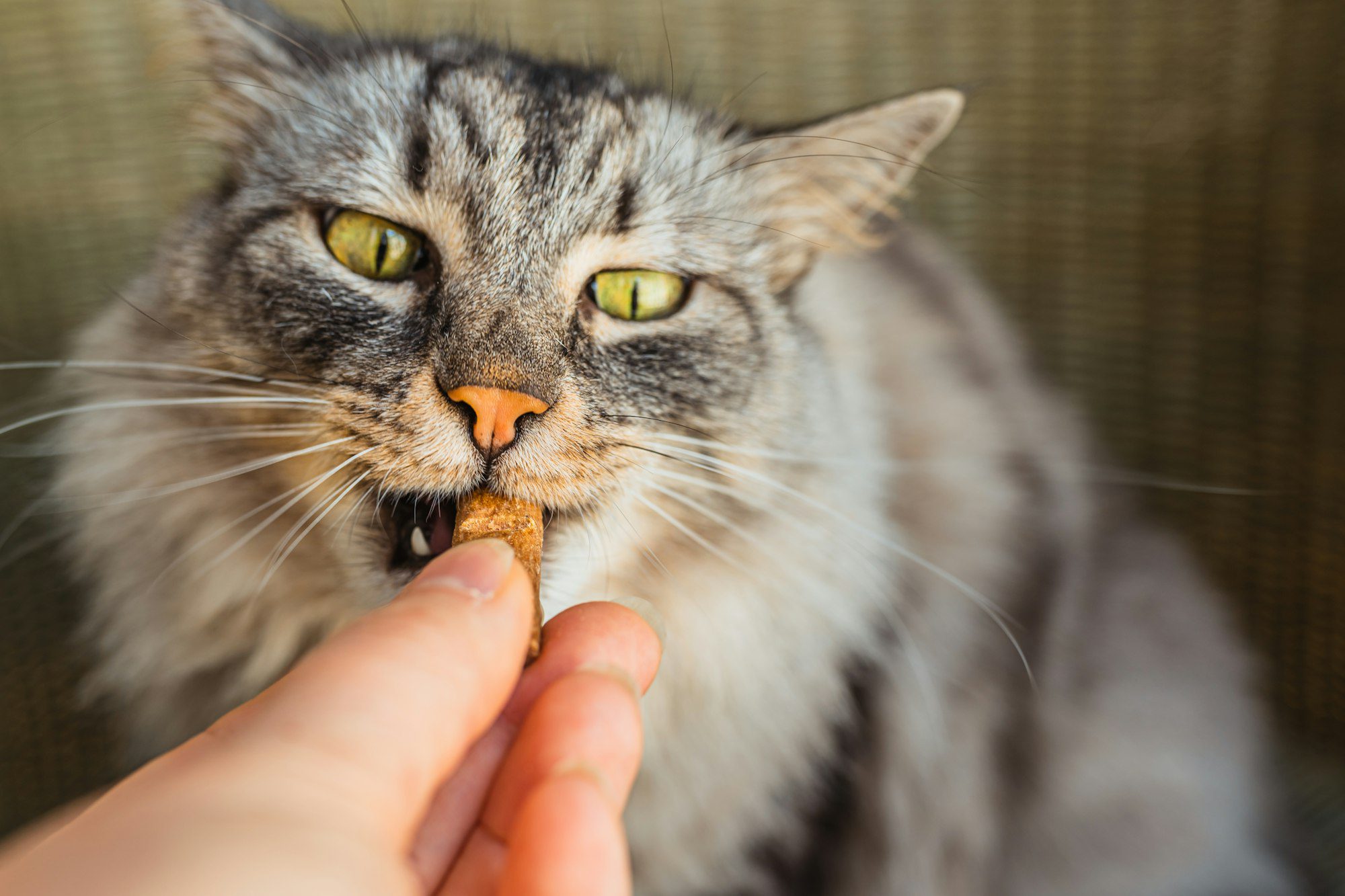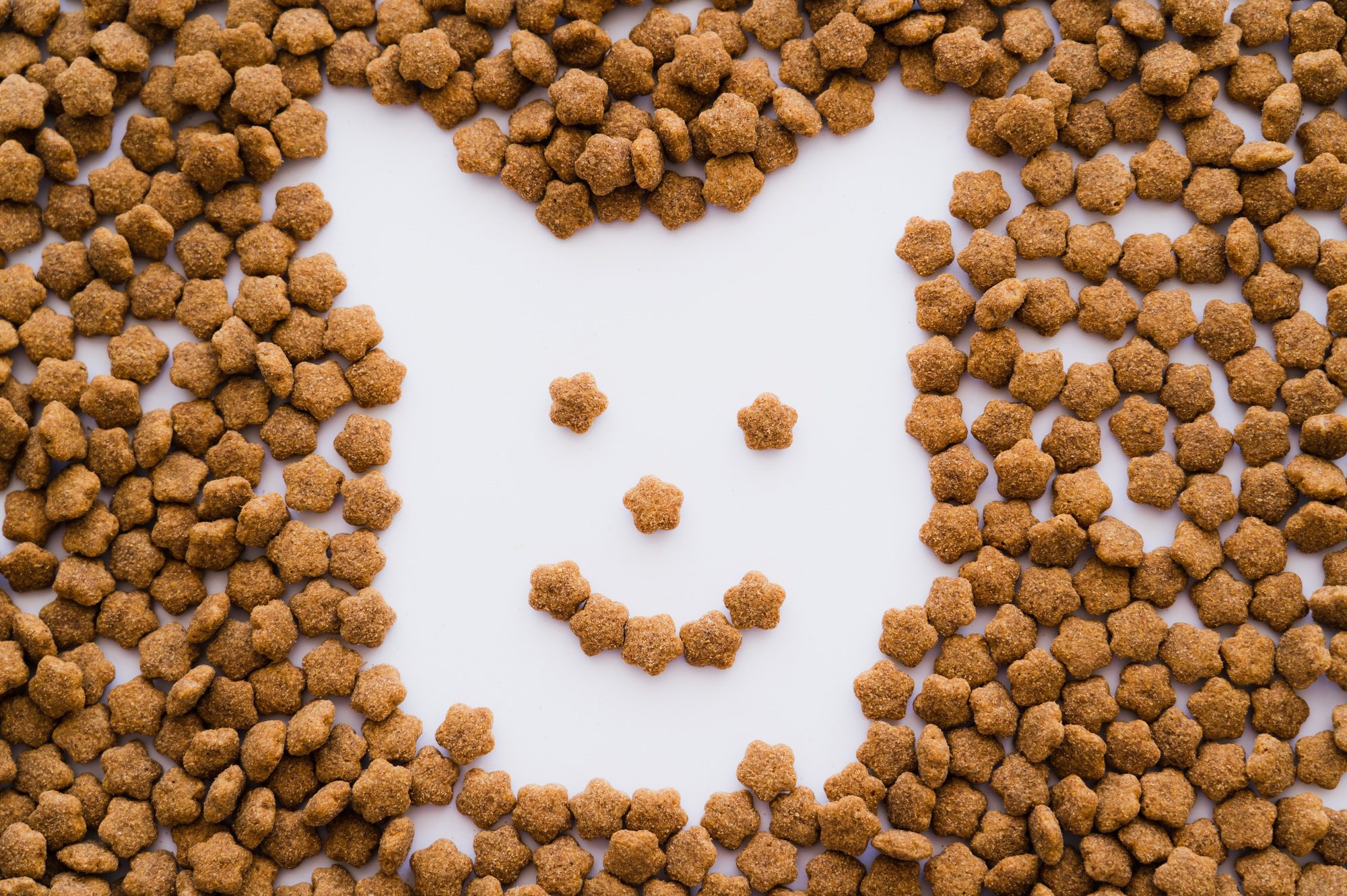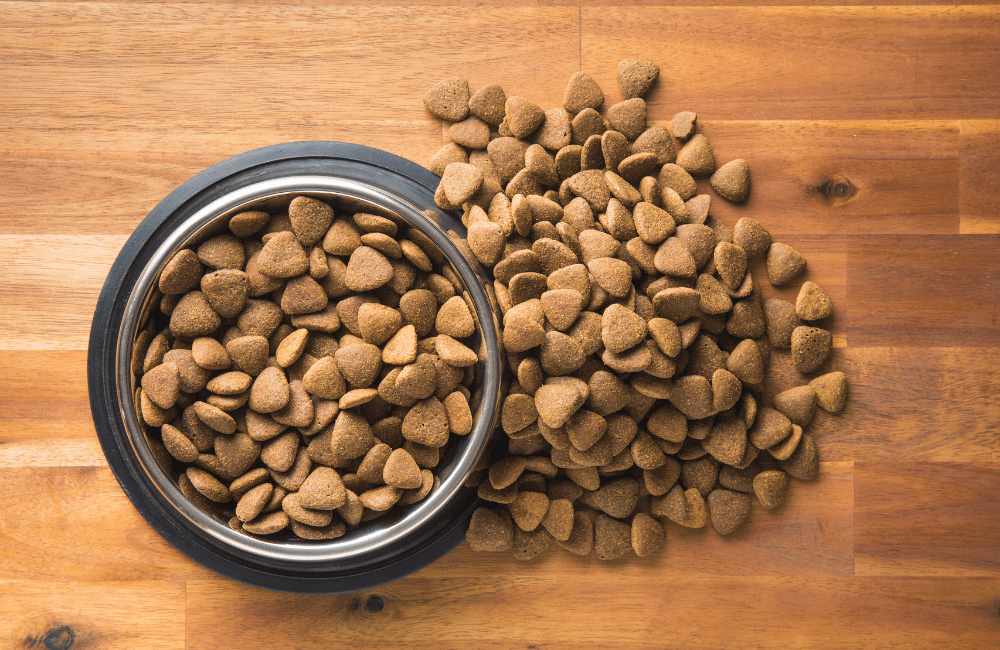Pet Food Palatability Enhancers
Introduction:
In the world of pet nutrition, palatability is paramount. Pet owners are increasingly concerned about the quality of food they provide for their furry companions, seeking not only optimal nutrition but also flavors that entice and satisfy their pets’ discerning taste buds. Enter pet food palatability enhancers – the unsung heroes behind those moments when your pet eagerly devours their meal with gusto. In this comprehensive exploration, we delve into the science, innovation, and significance of pet food palatability enhancers, shedding light on how they revolutionize the pet food industry.

Understanding Palatability:
Palatability refers to the taste, smell, texture, and overall sensory appeal of food. Just like humans, pets have individual preferences and palates. Factors such as aroma, flavor, and mouthfeel play crucial roles in determining whether a pet will enjoy and consume a particular food. However, unlike humans, pets cannot communicate their preferences verbally, making palatability assessment a nuanced challenge for pet food manufacturers.
The Role of Palatability Enhancers:
Palatability enhancers are additives incorporated into pet food formulations to improve taste, aroma, and overall appeal. These enhancers work by stimulating the sensory receptors in pets, making the food more attractive and enjoyable. They can mask undesirable flavors, intensify desirable ones, and create a balanced sensory experience that encourages consumption. Common palatability enhancers include:

- Flavor Enhancers: These compounds amplify the natural flavors of ingredients or add new flavors altogether. They can be derived from animal proteins, plant extracts, or synthetic sources, carefully selected to appeal to pets’ taste preferences.
- Aroma Enhancers: Aromas play a significant role in stimulating a pet’s appetite. Aroma enhancers work by releasing enticing scents that captivate pets, even from a distance. Ingredients like meat extracts, fish oils, and botanical extracts are often used to enhance aroma.
- Texture Modifiers: Texture greatly influences a pet’s eating experience. Texture modifiers can create a pleasing mouthfeel, whether it’s a crunchy kibble, a tender chew, or a moist pâté. Ingredients like starches, hydrocolloids, and fats are utilized to manipulate texture and improve palatability.
- Nutrient Coatings: Some palatability enhancers are designed to coat the kibble or treats with a flavorful layer, enticing pets to bite into them eagerly. These coatings often contain savory or aromatic ingredients that enhance the overall taste experience.

Innovation in Palatability Enhancement:
The pet food industry continuously strives to innovate and improve palatability enhancers, leveraging advancements in food science, technology, and consumer insights. Here are some notable innovations driving the evolution of pet food palatability:
- Flavor Customization: With a deeper understanding of pets’ taste preferences, manufacturers are developing customizable flavor profiles tailored to different species, breeds, and life stages. From savory beef to succulent salmon, pet owners can choose the perfect flavor for their furry companions.
- Natural and Functional Ingredients: As pet owners prioritize natural and nutritious diets for their pets, manufacturers are incorporating functional ingredients with palatability-enhancing properties. Ingredients like probiotics, omega-3 fatty acids, and antioxidants not only improve palatability but also offer health benefits.
- Sensory Testing and Analysis: Advances in sensory analysis techniques allow pet food companies to conduct rigorous taste tests and evaluations, gaining valuable insights into pets’ preferences and behavior. These insights inform the development of targeted palatability solutions tailored to specific pet demographics.
- Sustainable Sourcing: In response to growing environmental concerns, pet food manufacturers are exploring sustainable sourcing practices for palatability enhancers. From ethically sourced proteins to eco-friendly packaging, sustainability is becoming a key consideration in the development of pet food products.

The Significance of Palatability in Pet Nutrition:
Palatability plays a crucial role in ensuring pets receive adequate nutrition. A food that is unappealing or bland may lead to decreased intake, nutritional deficiencies, and even behavioral issues like finicky eating or food aversion. By enhancing palatability, pet food manufacturers encourage consistent consumption, helping pets maintain optimal health and vitality.
Moreover, palatability enhancers can be particularly beneficial in encouraging picky eaters or pets with medical conditions that affect their appetite. For example, pets undergoing medical treatments or recovering from surgery may have reduced interest in food. In such cases, palatability enhancers can make meals more enticing, facilitating the intake of essential nutrients crucial for recovery.
Additionally, palatability enhancers play a vital role in promoting hydration in pets, especially in formulations with moisture-rich textures. Wet foods or semi-moist treats often contain palatability enhancers that not only enhance flavor but also increase water consumption, helping to prevent dehydration, particularly in pets prone to urinary tract issues or those living in hot climates.

Consumer Perspectives and Trends:
Pet owners are increasingly discerning when it comes to selecting pet food, seeking products that prioritize both nutrition and palatability. As a result, there is a growing demand for premium pet food formulations with high-quality ingredients and innovative palatability solutions. Key trends shaping consumer preferences include:
- Transparency and Traceability: Pet owners value transparency in ingredient sourcing and manufacturing processes. They seek brands that provide detailed information about the origins of ingredients, production methods, and quality control measures.
- Functional Nutrition: Beyond basic nutrition, pet owners are interested in foods that offer additional health benefits. Palatability enhancers formulated with functional ingredients such as glucosamine for joint health or prebiotics for digestive support are increasingly popular among health-conscious consumers.
- Customization and Personalization: Pet owners are embracing personalized nutrition solutions tailored to their pets’ specific needs and preferences. Brands offering customizable flavors, textures, and dietary options cater to this demand, providing pet owners with greater control over their pets’ diets.
- Eco-Friendly Packaging: Sustainability is a growing concern among pet owners, driving demand for eco-friendly packaging solutions. Brands that prioritize recyclable materials, minimal packaging waste, and biodegradable options are gaining traction in the market.

Regulatory Considerations:
The development and marketing of pet food palatability enhancers are subject to regulatory oversight to ensure product safety and efficacy. Regulatory agencies, such as the U.S. Food and Drug Administration (FDA) and the European Food Safety Authority (EFSA), establish guidelines and standards for pet food ingredients, including palatability enhancers.
Manufacturers must adhere to regulatory requirements regarding ingredient sourcing, labeling, and claims substantiation. Rigorous testing and safety assessments are conducted to evaluate the potential risks and benefits of palatability enhancers before they are approved for use in pet food formulations.
Furthermore, manufacturers must comply with regulations governing marketing and advertising practices to ensure that product claims are truthful, accurate, and not misleading. Misrepresentation of palatability enhancers or their benefits could result in regulatory sanctions and damage to brand reputation.

Conclusion:
Pet food palatability enhancers represent a convergence of science, innovation, and consumer demand, shaping the landscape of pet nutrition. These additives play a crucial role in optimizing taste, aroma, and texture, thereby enhancing the overall eating experience for pets. By leveraging advancements in food technology, sensory analysis, and ingredient sourcing, manufacturers continue to push the boundaries of palatability enhancement, offering pet owners a diverse array of flavorful and nutritious options for their furry companions. As pet owners prioritize both the health and happiness of their pets, the significance of palatability in pet food formulations will only continue to grow, driving further innovation and evolution in the pet food industry.













